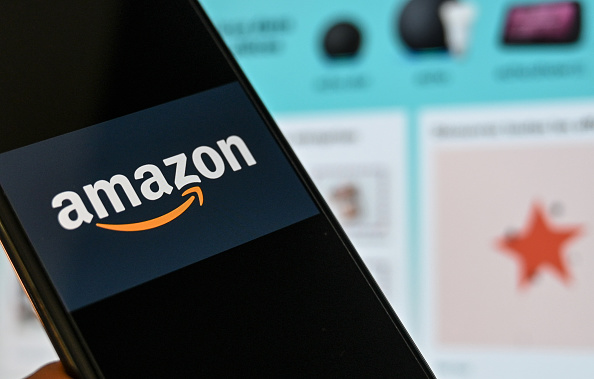There is no denying that social media has become an integral part of modern life. From staying connected with friends to reading daily news bites, we’re all now very aware of its many, wonderful uses and functions. Reasons such are these are behind why social media is such a huge success across the globe it is usually the first place people turn to should they have any questions or concerns with a brand.
Once exclusively for digital natives, a huge 79 per cent of adults now exist online.
Social media is constantly updating and refreshing, and firing out a number of short tweets or status updates is so simple and accessible that social media has built itself an expectation of immediacy. With these expectations in place, the public now expect to receive quicker and more efficient replies from brands when they encounter an issue.
So what do the statistics say?
Stat: 75 per cent of all internet users in 2016 actively used social media sites
Source: makeuseof.com
Three quarters of all internet users regularly tap into social media. Traditionally, customer support has been provided by having to sceptically call an 0845 number, only to be greeted by an automated robot on the other end and an inflated phone bill. Sending emails just doesn’t cut it either anymore – with a typical time of 48 hours passing before receiving a reply.
These methods are outdated, impersonal and just not fast enough for our impatient and connected modern audience. Brands must evolve with the times, and the portion of active social media users should be enough to encourage that.
Stat: 42 per cent of consumers complaining using social media expect a 60-minute response time
Source: convinceandconvert.com
And that’s the absolute maximum. Once a consumer has tweeted a brand with their query, it’s likely they will continue refreshing their notifications eagerly for an almost immediate response. The basics of customer service show that the quicker the response, the happier the consumer is likely to be as a result.
Using customer service for social media may seem scary, however brands should remember that Twitter – a social network particularly renowned for providing customer service – only allows a total of 140 characters. That means that, rather than having to send a three-paragraph email with a lengthy apology or solution, the customer service team can quickly fire out responses and next-steps for that consumer.
Stat: 77 per cent of Twitter users feel more positive about a brand when their tweet has been replied to
Source: brandwatch.com
Using social media for customer service drastically improves customer satisfaction rates, with over half of Twitter users stating that they felt more positive about a brand once their tweet had been replied to. This improved level of customer satisfaction not only benefits the consumers, but also the business too. Customers that favour your brand will be less likely to stray to a competitor, more likely to recommend your brand and will have no reason to discontinue using your company’s services.
Stat: 95.6 per cent of consumers are affected by other consumers’ comments on a brand’s social pages
Source: knaptonwright.co.uk
As the above states, not only are customer support accounts providing customer service to one person, they can also indirectly be helping other people who share the same problem. What’s more, the consumer’s friends and followers may be watching the thread that appears in their news feed. This offers multiple benefits to a brand: as well as assisting the consumer with their problem, it’s a method of promoting the brand itself. By offering that exceptional customer service, people who wouldn’t usually buy from that brand may be attracted by the customer service it gives.
Stat: 67 per cent of companies note that social media customer service is gaining more importance
Source: brandwatch.com
You will find that most companies that offer customer support on social media and do it effectively have a designated support account that is separate from its main corporate account. The main account is always the first that appears on a search engine and is the account potential consumers, investors and sponsors will browse on. If all they see is a clogged-up account, full of tweets replying to disgruntled consumers who may not have a good word to say about the brand, then it doesn’t make for a good showing. It will portray the brand in a bad light. It just makes more sense to separate the two and makes the accounts easily identifiable.
Designated accounts that have help, support, service teams added to the brand name makes them easily identifiable to consumers.
There is of course a certain manner and style that brands should adopt when replying to consumers. Consumers will respond better to personalised replies from an actual real person. Make sure to address the consumer using their name and also include the customer support agent’s name/initials who is dealing with the query, so an audit trail is in place for the enquiry.
Humour is a big thing for brands’ customer support accounts. If you’ve been on Twitter over the past couple of years you’ve probably seen a humorous exchange between a brand and your average person. Witty replies can help calm disgruntled customers and can also make the brand more human and approachable. Ultimately giving the consumers a better customer service experience, which should be one of the main goals for any brand.
Conclusion
Social media is here to stay and the number of active daily users will only ever keep on growing. Soon enough, most, if not all a brand’s consumers, will be using social media in some form or other. It has been proven to be one of the best and easiest platforms by a mile in bridging contact between brands and their customers and with this in mind, brands need to make a conscious effort to put social media at the forefront of customer support.
This article was supplied by Ricky Jennings of Fast Web Media.





